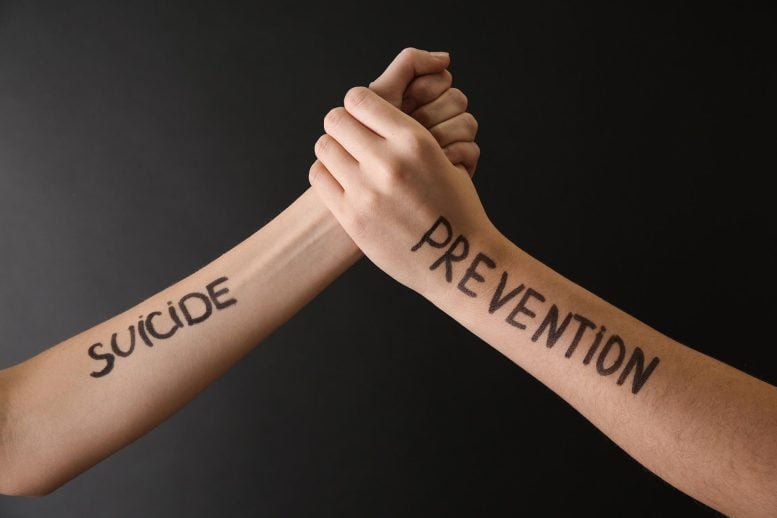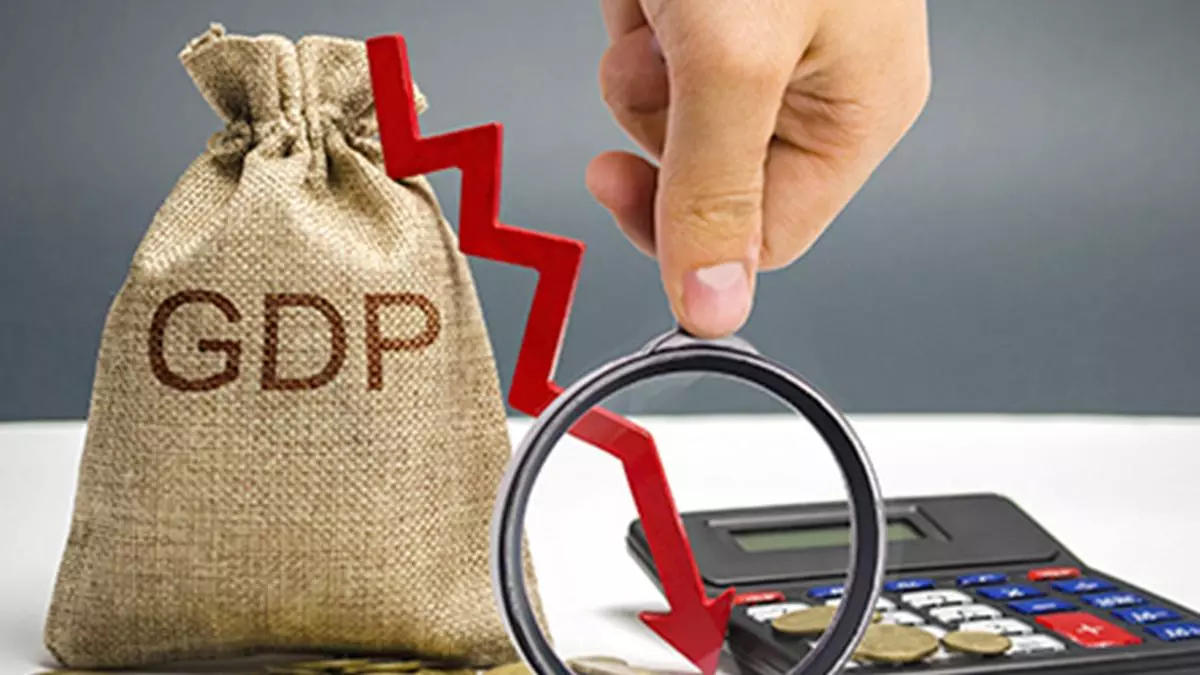
On 15 January 2022, the Hunga Volcano erupted, sending a plume of gas and ash 58 kilometers (36 miles) into the atmosphere and inundating the Tongan islands with tsunami waves. At least four people in Tonga were killed, and many more were injured in the aftermath of the destructive blast, which occurred underwater about 65 kilometers (40 miles) away from Tonga’s capital, Nuku’alofa, on the island of Tongatapu.
From Fiji to Alaska, people reported hearing the massive eruption. In Aotearoa New Zealand, approximately 2,000 kilometers (1,200 miles) away from the volcano, many residents heard loud, window-shaking booms.
“Information from people’s memories, experiences, and descriptions is still really valuable, even if it’s not capturing a measurement, per se.”
“It was one of the most violent eruptions in historical times—equivalent to about a thousand megatons of TNT,” said Cornel de Ronde, a geologist with GNS Science.
In a new study published in Communications Earth and Environment, researchers cataloged the sounds of the eruption through an Aotearoa New Zealand–wide online survey. The 1,930 responses were consistent with the instrumental data of pressure waves emitted from the volcano as it erupted.
The survey “showed that information from people’s memories, experiences, and descriptions is still really valuable, even if it’s not capturing a measurement, per se,” said Mary Anne Clive, a hazard and risk management scientist also at GNS Science and the lead author of the study.
Collecting a Shared Story
Crowdsourcing is an effective way to collect data while involving people in scientific discoveries and natural phenomena occurring around them.
“We’ve been looking at how we might be able to use crowdsourcing for other hazards and perils that we experience,” Clive said. “And then this event happened. It’s really quite unusual to hear eruption sounds at such far distances. We recognized that this could be a rare and interesting set of observations to capture.”
Just 6 days after Hunga Tonga erupted and tsunami waves had swamped nearby shores, scientists launched a 39-question survey for Aotearoa New Zealand residents that asked them to describe any tsunami waves they had witnessed as well as the booms they heard during the eruption. The researchers included questions on the volume of each boom—“moderately loud,” for instance, could be correlated to a specific decibel level that could later be compared with acoustic monitoring sensor data. Participants all over the country accessed the study through social media posts or from TV and online news sources.
“One of the things with crowdsourcing, especially after an event, is the ethics around making sure people are safe and that there’s not going to be any risk of trauma,” Clive said. That is why the team of social and Earth scientists waited several days after Hunga’s massive eruption—at the risk of participants’ fading memories possibly changing the results of the survey.
Researchers reviewed open-access data gathered from 92 meteorological stations, 168 seismometers, 19 acoustic stations, and three Raspberry Shake amateur science seismoacoustic stations across Aotearoa New Zealand for air pressure changes, low-frequency noises, and a Lamb wave, which is a type of large pressure wave caused by the force of the eruption. “By analyzing the survey results and the monitoring data together, we get wider coverage, higher resolution, and broader insights about how the pressure waves from this event traversed Aotearoa,” Clive said.
Explosive Sounds
The massive scale of the Hunga volcanic eruption, as well as the force at which gases and water were hurled into the atmosphere, was the cause of the booms that so many people heard and experienced. “Gas, expanded through the atmosphere, creates this incredible bang, like breaking the sound barrier,” said de Ronde, who was not part of the study.
The survey results showed 69% of participants recalled hearing the first booms between 7:00 and 8:00 p.m. The acoustic sensors on the North Island recorded the Lamb wave at approximately 7:00 p.m. Observations and memories of the sounds correlated with what pressure sensors and seismometers said about the timing of vibrations in the ground and in the air across Aotearoa New Zealand.
The loudness and number of booms people heard were consistent with what the amateur seismoacoustic instruments recorded, Clive said. On average, study participants reported hearing five to seven booms across both islands, which is consistent with data captured on seismometers and pressure sensors. The booms were described as “moderate” on average. That’s equivalent to around 70 decibels, which is similar to the sound of a car driving past at 100 kilometers per hour.
“I would liken the sound to someone picking up the end of their sofa and dropping it from head height onto the floor,” one participant described.
“It sounded like something hit the roof.”
“It sounded like something hit the roof,” read another.
Other sound descriptors in participants’ comments included gunshots, thumping, doors slamming, thunder, and comparisons to loud bass, cannons, quarry blasts, fireworks, and a “big ba-boom.”
By asking study participants to detail the noises they heard, “we hoped to get a better understanding of the characteristics of the audible component of the acoustic wave,” Clive said. Descriptors in the study responses, like the rolling sounds many participants mentioned, could also be matched with the variable frequencies recorded in the seismic data.
Most volcano monitoring equipment filters out audible-range frequencies, like rumbling trucks or gusting wind, because they can create noise in the data that can obscure some volcanic signals. “Our findings show that people’s observations can help expand the acoustic monitoring record to fill this gap,” Clive said.
“This paper showcases the critical role of crowdsourced experiences and how it can answer important questions of scientific interest,” said Sara McBride, a social scientist at the U.S. Geological Survey. “It’s a fantastic example of how quickly researchers worked together to gather these stories and experiences to inform and expand our understanding regarding this eruption.”
Even though seismic monitors can provide raw data about events, connecting them with stories and shared experiences can add a human perspective to the record of the largest volcanic eruption in modern history.
—Rebecca Owen (@beccapox), Science Writer








Leave a Comment